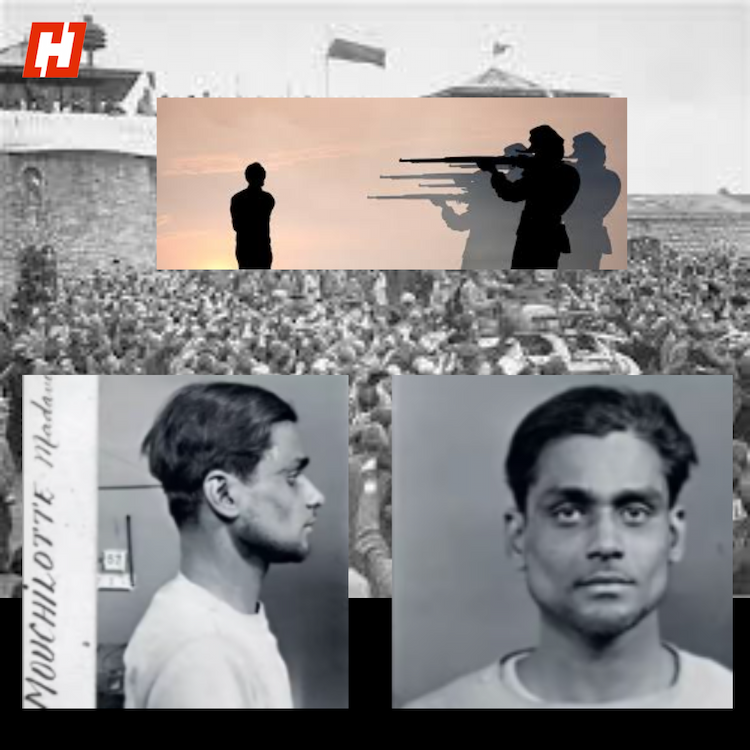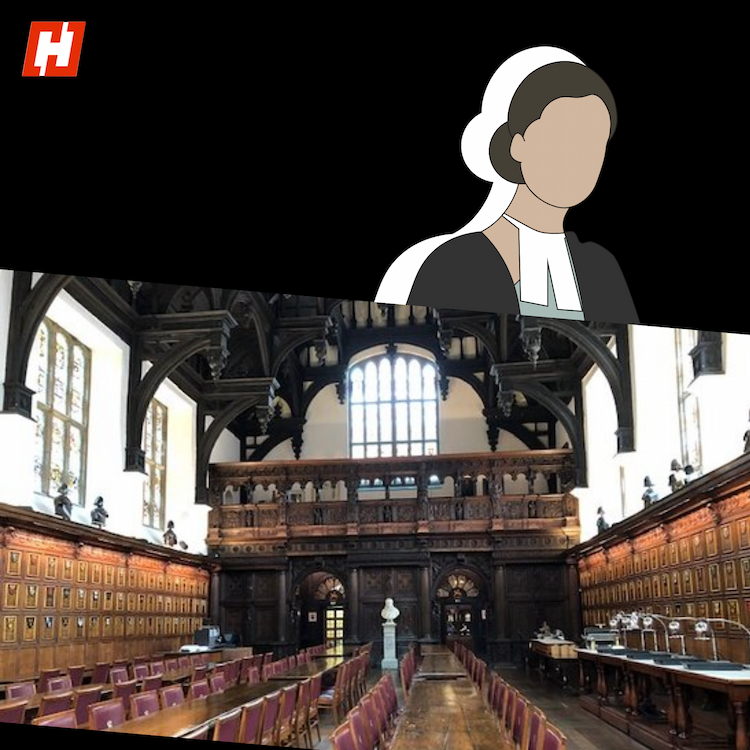Born in 1889 in Midnapore, Bengal Presidency, Khudiram Bose’s life began in hardship. Orphaned by the age of seven and raised by his elder sister, even his name carried a story — “Khudiram,” meaning joy given in exchange for grain, was part of a local ritual to protect children from early death. Ironically, that same boy would grow up to walk fearlessly towards it.
A young rebel takes shape
At 15, inspired by Sri Aurobindo and Sister Nivedita, Khudiram joined the Anushilan Samiti, a revolutionary group committed to armed resistance. He trained in bomb-making, distributed anti-British pamphlets, and was arrested at 16 for sedition—only to be acquitted.
The mission to kill Kingsford
In 1908, alongside Prafulla Chaki, Khudiram targeted Magistrate Douglas Kingsford, infamous for his cruelty to revolutionaries. Mistaking a carriage, they threw a bomb that killed two British women instead.
Caught, but never broken
Chaki took his own life to avoid capture, but Khudiram was caught after walking 25 miles. Even then, he greeted the police with “Vande Mataram!” In court, holding the Bhagavad Gita, he refused to beg for mercy—offering instead to teach the judge bomb-making.
A smile at the gallows
On August 11, 1908, at just 18, Khudiram was hanged. He was one of the first Indian revolutionaries in Bengal to be executed by the British His calm defiance made him a legend of India’s freedom struggle—a lasting reminder that courage is not measured by age.





